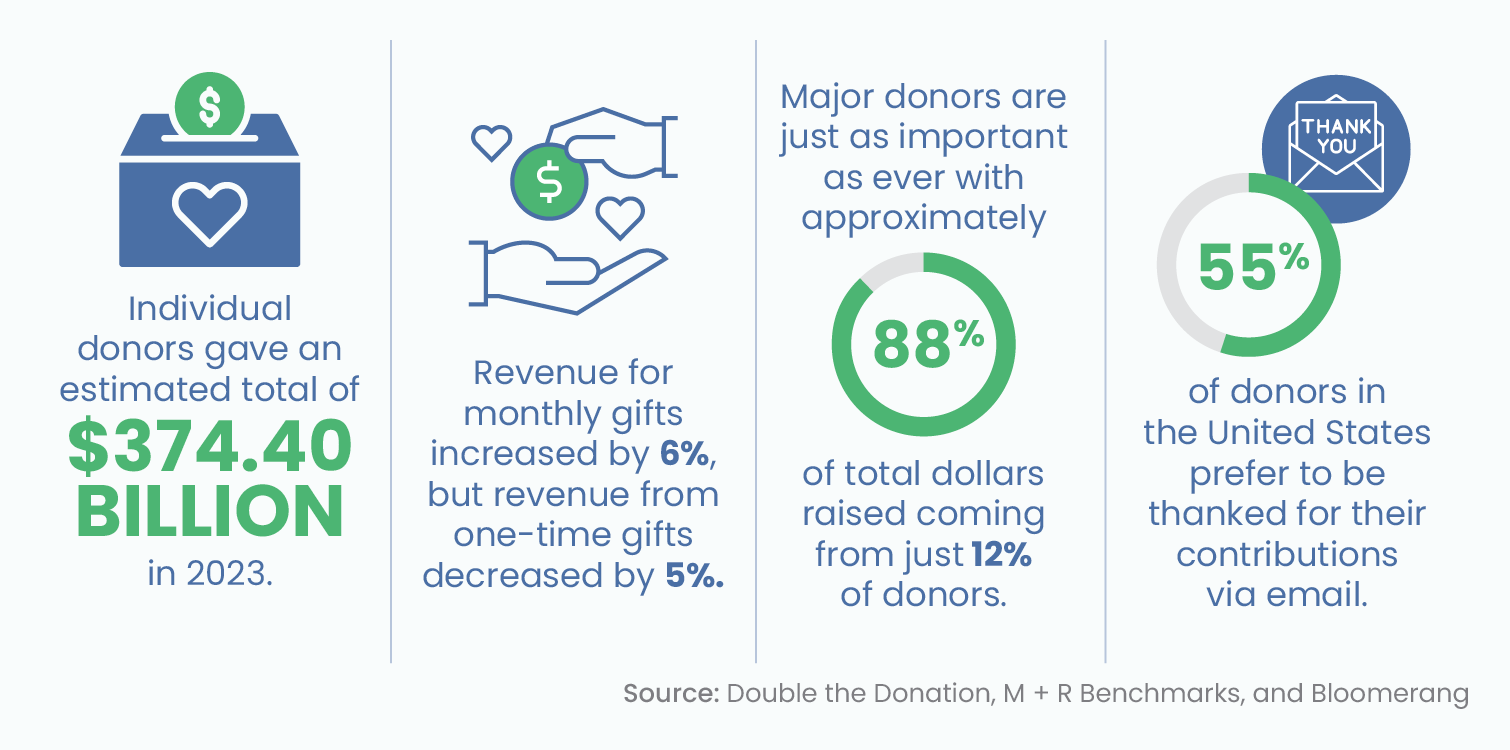Online Fundraising: Effective Digital Campaigns for Nonprofit Success
Online Fundraising: Effective Digital Campaigns for Nonprofit Success
Blog Article
The Duty of Area Involvement in Nonprofit Fundraising: Structure Lasting Relationships for Lasting Assistance
Community engagement is increasingly identified as an important element of effective not-for-profit fundraising. The methods and techniques utilized to involve areas differ widely, raising important questions regarding effectiveness and effect.
Recognizing Area Involvement
Community engagement is a crucial element of successful nonprofit fundraising efforts. It describes the methods and tasks that companies employ to get in touch with their neighborhood communities, cultivating partnerships that are equally advantageous. Recognizing community involvement includes identifying its multifaceted nature, which consists of engagement, outreach, and partnership. Nonprofits should determine vital stakeholders-- such as area members, neighborhood companies, and other organizations-- to create reliable interaction strategies.
Reliable area engagement is predicated on active listening and responsiveness to the requirements and rate of interests of the neighborhood. This process includes getting feedback, comprehending community dynamics, and making sure that the company's objective lines up with neighborhood top priorities. Engaging the neighborhood can take numerous kinds, consisting of public conferences, volunteer possibilities, and collaboration initiatives, each designed to motivate involvement and financial investment in the organization's objectives.
Furthermore, community engagement need to be approached as a continuous discussion as opposed to a single initiative. By fostering an inclusive environment where neighborhood voices are heard and valued, nonprofits can build a solid foundation for future fundraising ventures. Eventually, a deep understanding of community involvement empowers companies to create authentic links that boost their general efficiency and sustainability.
Advantages of Solid Relationships
Solid relationships developed with neighborhood engagement yield various advantages for not-for-profit fundraising efforts. Firstly, these connections foster trust and reputation, necessary parts in encouraging donors to contribute. When possible supporters see a nonprofit proactively associated with their community, they are more likely to count on its goal and impact.

Additionally, these connections facilitate efficient interaction. Nonprofits can take advantage of their connections to share tales of influence, updates, and needs, guaranteeing that advocates continue to be enlightened and engaged. This open line of interaction not just enhances bonds but additionally urges word-of-mouth promotion, increasing the not-for-profit's reach.
Lastly, strong community connections can bring in new companions and sponsors. People and services are more likely to straighten with companies that demonstrate meaningful area participation, supplying extra sources and support that can dramatically boost fundraising capabilities. Thus, cultivating durable relationships through area interaction is integral to a not-for-profit's long-lasting fundraising success.
Methods for Efficient Involvement
Exactly how can nonprofits successfully engage their areas to boost fundraising efforts? Developing targeted approaches is vital for promoting purposeful connections. First, leveraging social networks platforms enables companies to share their mission dynamically and interactively, getting to a broader audience. Routine updates, engaging web content, and calls-to-action can galvanize community passion and engagement.
Second, organizing area occasions, such as workshops, volunteer chances, or fundraising drives, helps with in person interaction, allowing nonprofits to showcase their effect and initiatives. These occasions not only my site elevate funds yet additionally cultivate partnerships and permit area members to engage straight with the reason.
Third, executing tailored communication methods can boost engagement. Tailoring messages to certain contributor sections based on rate of interests and past contributions cultivates a sense of belonging and financial investment in the organization's objective.
Lastly, creating collaborations with neighborhood companies and area leaders can intensify outreach efforts. Collective campaigns can boost presence and reliability, demonstrating a cumulative commitment to the community's well-being. By integrating these methods, nonprofits can construct enduring partnerships that enhance fundraising initiatives and drive lasting support.
Gauging Interaction Success
While involving the area is important for successful nonprofit fundraising, determining the performance of these engagement efforts is similarly essential. Developing clear metrics enables companies to assess just how well they are linking with their target market and attaining their fundraising objectives. Trick efficiency indicators (KPIs) such as contributor retention rates, volunteer participation degrees, and engagement on social media systems provide substantial data for analysis.

On a regular basis examining these article metrics makes it possible for companies to pivot their techniques when required, making certain that neighborhood interaction remains lined up with their general mission. In addition, sharing these outcomes with stakeholders promotes openness and constructs count on, urging additional community involvement. Ultimately, a durable dimension structure not only notifies future fundraising efforts yet also strengthens the connection in between the not-for-profit and its fans, laying the groundwork for lasting success.
Instance Studies in Area Effect
Many study highlight the extensive effect that area engagement can carry nonprofit fundraising success. One noteworthy example is the "Something to chew on" campaign, where a neighborhood food bank partnered with colleges and companies to host neighborhood dinners. These occasions not only elevated funds yet likewise cultivated a feeling of belonging among participants, significantly increasing contributor retention rates.
One more compelling situation is the "Green Spaces Task," which included regional citizens in the revitalization of urban parks. This initiative not just gathered financial backing from neighborhood companies but also cultivated a volunteer base that added to continuous maintenance and programs. The feeling of possession and satisfaction amongst community members translated right into sustained payments.
In the world of arts, the "Art for All" campaign successfully engaged neighborhood musicians and patrons to create collaborative art setups, leading to enhanced visibility and contributions for a neighborhood arts not-for-profit.
These examples highlight that when nonprofits prioritize community involvement, they can produce lasting connections that boost fundraising efforts, making certain lasting support and promoting a dynamic area culture. Such situations demonstrate that community interaction is not just a strategy yet an essential pillar of not-for-profit success.
Final Thought
Finally, neighborhood interaction is integral to the success of not-for-profit fundraising initiatives. By promoting strong partnerships with regional stakeholders, companies boost trust and integrity, causing enhanced contributor retention and commitment. Applying effective engagement approaches and gauging top article their effect ensures that nonprofits can adjust and grow. Ultimately, a durable foundation of community support not only magnifies fundraising potential but additionally cultivates a culture of collaboration, necessary for achieving long-term organizational goals and sustaining significant effect.
Nonprofits have to determine essential stakeholders-- such as neighborhood members, local businesses, and various other organizations-- to create effective engagement methods.

In verdict, area engagement is indispensable to the success of nonprofit fundraising efforts.
Report this page